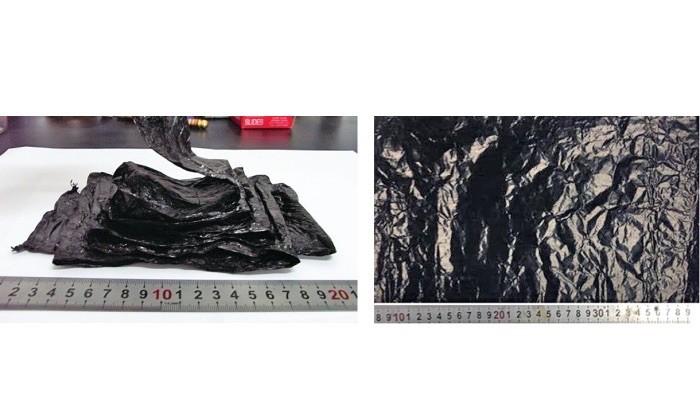Administrator
Administrator
[dropshadow=blue]Earth will have a small asteroid zip close by in March[/dropshadow]
This upcoming March will bring with it a small (relatively speaking) asteroid that will zip by our planet at its closest distance so far. The asteroid previously flew by Earth a couple years ago at a distance of 1.3 million miles, nowhere close to hitting us. This upcoming time, though, it may come as close as 11,000 miles to our planet, one of many possible trajectories.
This latest instance of an asteroid getting up close and personal involves 2013 TX68, a piece of space rock that is about 30 meters/100ft across. Fortunately, the odds of it hitting Earth during future flybys are very low, and people shouldn’t worry. Still, on March 5, the asteroid may get very close, depending on which trajectory it ends up following.
While TX68 could get as close as 11,000 miles, it may end up passing by as far away as 9 million miles, a substantial span of space. NASA, which has been tracking near Earth objects (NEOs) such as this, says the March flyby in no way could result in an impact, however. The nearest very improbable but possible impact would in late September 2017.
The odds are extremely low, though, being only 1 in 250 million odds. Other flybys happening in 2046 and 2097 also could result in impacts, but are said to have even lower odds than next year. Should an asteroid of its size ever impact Earth, though, it could cause damage and injuries if it were to fall in a populated region.
This upcoming March will bring with it a small (relatively speaking) asteroid that will zip by our planet at its closest distance so far. The asteroid previously flew by Earth a couple years ago at a distance of 1.3 million miles, nowhere close to hitting us. This upcoming time, though, it may come as close as 11,000 miles to our planet, one of many possible trajectories.
This latest instance of an asteroid getting up close and personal involves 2013 TX68, a piece of space rock that is about 30 meters/100ft across. Fortunately, the odds of it hitting Earth during future flybys are very low, and people shouldn’t worry. Still, on March 5, the asteroid may get very close, depending on which trajectory it ends up following.
While TX68 could get as close as 11,000 miles, it may end up passing by as far away as 9 million miles, a substantial span of space. NASA, which has been tracking near Earth objects (NEOs) such as this, says the March flyby in no way could result in an impact, however. The nearest very improbable but possible impact would in late September 2017.
The odds are extremely low, though, being only 1 in 250 million odds. Other flybys happening in 2046 and 2097 also could result in impacts, but are said to have even lower odds than next year. Should an asteroid of its size ever impact Earth, though, it could cause damage and injuries if it were to fall in a populated region.



